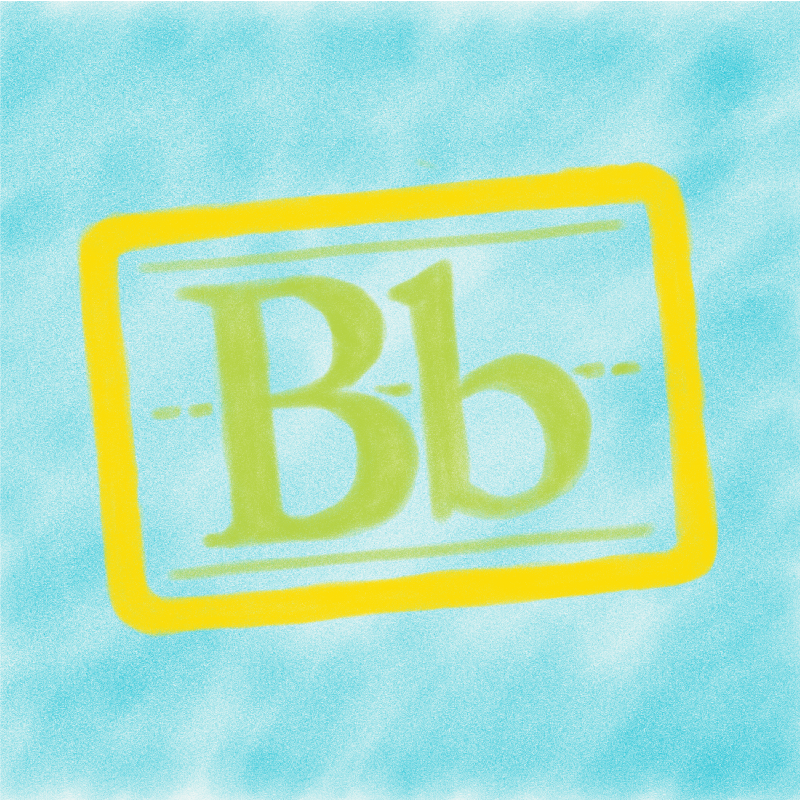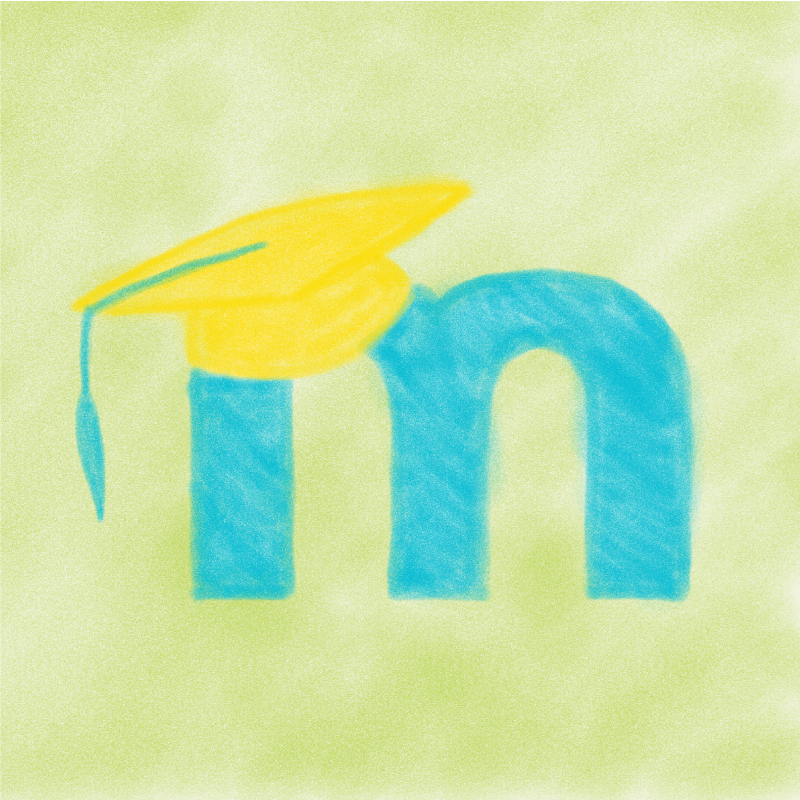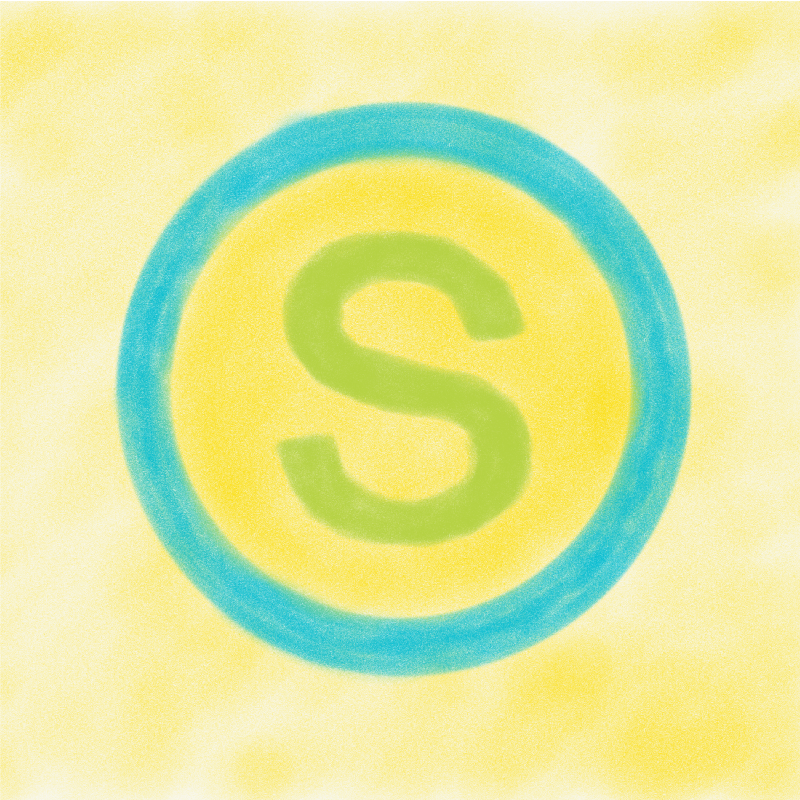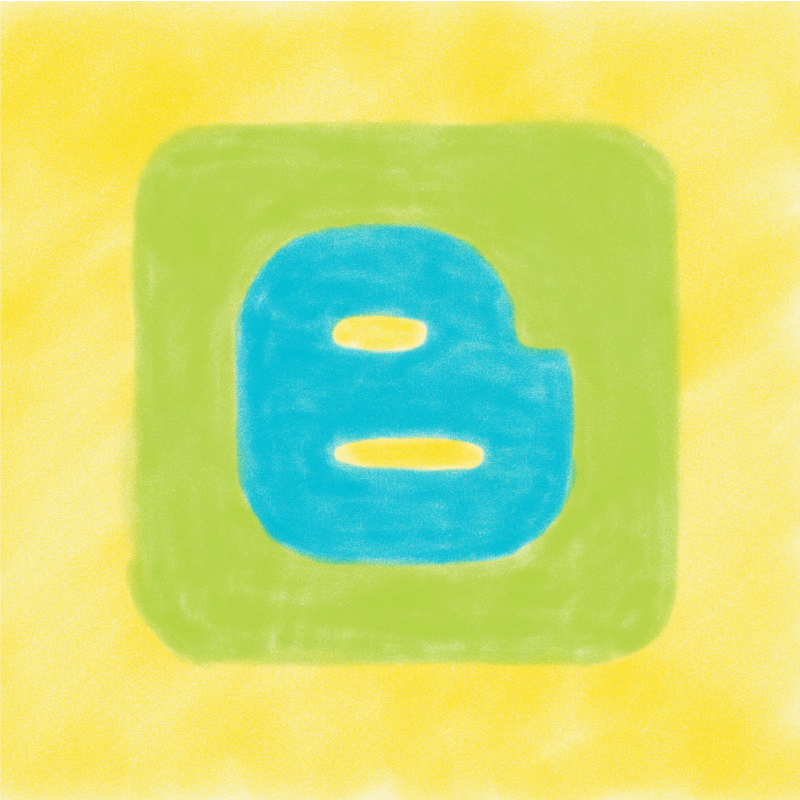ONLINE COLLABORATION
Online collaboration is one of the most important features in today’s secondary school English Language Arts classroom. Fortunately, there are a plethora of tools that allow students to converse and cooperate in real time, even when they are outside the classroom.

GOOGLE CLASSROOM
I have found that Google Classroom is the most useful FREE tool for classroom collaboration. Students can write, view and respond to each other’s posts in real time. Teachers can also view each student’s writing progress in real time from their own computer without having to walk around the room. This allows teachers to quickly see which students are doing their work and which are not. Google Classroom also allows collaboration to continue at home. Students may be asked to finish an assignment for homework or to start an entirely new collaborative assignment from home. Either way, students have the ability to continue to converse outside of the classroom about school related topics. Parents can also become more involved in this way too, as they are able to view what their child’s peers are discussing. Google Classroom can also be used to create individual assignments and make announcements. Additionally, the teacher can easily create quizzes and worksheets using Google Forms to integrate with Google Classroom. And there are a number of apps that integrate directly with Google Classroom including NewsELA, Khan Academy, Quizlet, DuoLingo, Quizziz, YouTube, Google Cast, Google Calendar, Google Hangouts, and Google Sites.

CANVAS
Canvas is a learning management system, which is quickly surpassing Blackboard as the leading online collaboration tool used in colleges and universities throughout the nation. The reason for this is ease of use and its 100% cloud based platform. It also supports hundreds of integrations including Arc, Gauge, DropBox, Scantron, ScreencastOMatic, OpenEd, Britannica, ApexLearning, Google Apps, Vimeo, WorldNewsDigest, HistoryResearchCenter, Newsela, Paperscorer, Feature Films for Education, Pearson, Flipgrid, Microsoft Office 365, YouTube, Amazon Education, ALEKS, Turnitin, McGraw Hill Campus, Khan Academy, Quizlet, Tutor.com, Macmillan, Rosetta Stone, EReserve, ExamSoft, and WileyPLUS. In general Canvas allows teachers to create private group discussion forums for group work, easy integration of camera and audio for online classes, and allows classes to be easily recorded.

BLACKBOARD
Blackboard has been the leading learning management system for the past 20 years. It revolutionized online collaborative learning. Adopted by mostly colleges and universities, Blackboard also has a platform specifically designed for K-12 students. Blackboard offers video creation for a flipped classroom model, file sharing, and discussion forums for easy online participation.

MOODLE
Moodle is another leading learning management system. Moodle is FREE and open-source! There are more than 1,000 plugins which are compatible with Moodle, making it highly customizable. Similar to WordPress and other content management systems, Moodle must be installed and hosted on a personal server. Because of this, there is a slight learning curve to the system. It is great for developers looking to expand on digital interactive learning.

SCHOOLOGY
Schoology is yet another FREE learning management system. However, there are premiums for add-ons such as tools that may help integrate Schoology with other software currently in place. Schoology has an accompanying mobile app which is favorable to many students. It is easy to use and visually appealing. The bottom line is that many schools use Schoology and it is good to be familiar with and open to many different learning management systems.

SLACK
A fantastic team collaboration tool. Slack has a FREE plan for small groups. This is a great tool for students to use while coordinating on a project. Students can write updates to each other notifying others of completed work. Students can also download the Slack app on their mobile phones and enable push notifications to receive updates in real time. This helps move a project along swiftly and efficiently. It also helps to keep a project in focus for the entire duration of collaboration. Overall, Slack is a great team-building tool. It instills pride in group work, requires that students take ownership of their participation and establishes a sense of responsibility towards peers.

WORDPRESS
WordPress.com is a great blogging platform that allows for collaboration by assigning “administrators” to a site. Together students can create websites, blogs, and informational sites on any number of topics. Students can also work individually to create a site using WordPress.com. At one point or another, every English Language Arts student should create a blog. Note: WordPress.com is different than WordPress.org. The former has a much shorter learning curve and does not require a hosting service. WordPress.org is much more advanced and will most likely be beyond the skillset of secondary school ELA students.

BLOGGER
Blogger is similar to WordPress.com but has an even easier learning curve. It is very straight forward and some may find the templates more appealing. Blogger also allows for multiple administrators / users, which makes it great for group collaboration. The nice thing about Blogger for secondary school students is that students can choose who sees their site, while keeping it private from the world wide web. For instance, students can choose only to share it with the teacher. This is great for tinkering and exploring, without having the pressure of putting something permanently out there in the world.
Learn More About the International Society for Technology in Education (ISTE)
ISTE is an invaluable resource on the standards of technology usage in education today.
